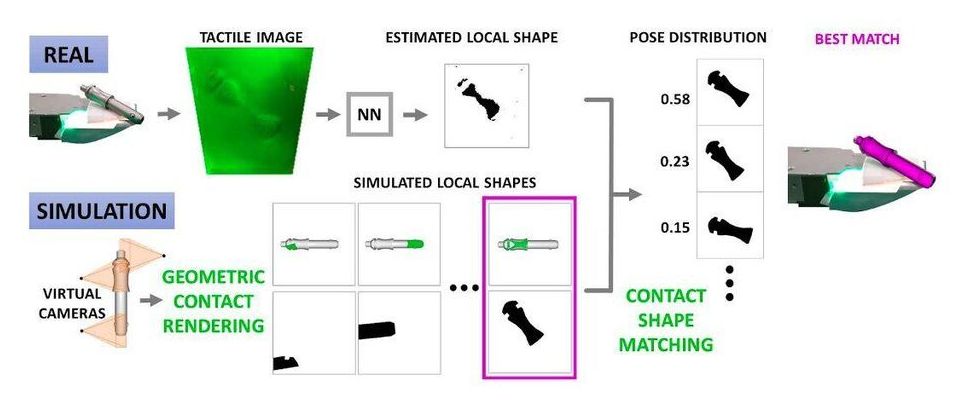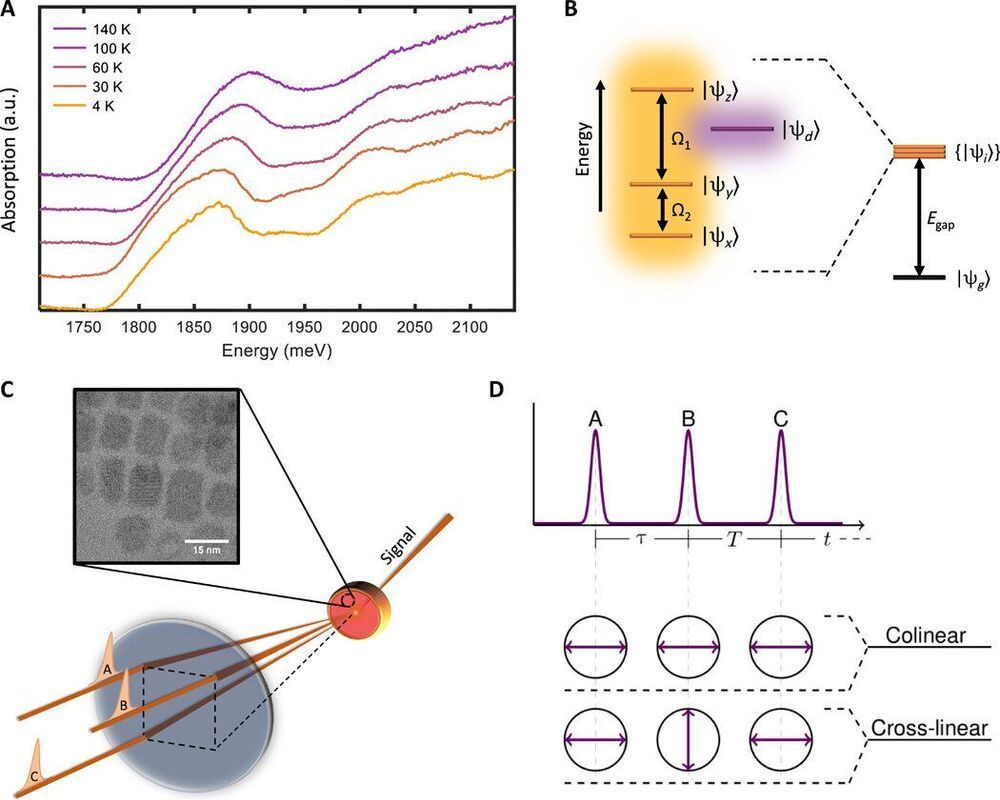Scientists at the University of Southampton and University of Edinburgh have developed a flexible underwater robot that can propel itself through water in the same style as nature’s most efficient swimmer—the Aurelia aurita jellyfish.
The findings, published in Science Robotics, demonstrate that the new underwater robot can swim as quickly and efficiently as the squid and jellyfish which inspired its design, potentially unlocking new possibilities for underwater exploration with its lightweight design and soft exterior.
Co-author Dr. Francesco Giorgio-Serchi, Lecturer and Chancellor’s Fellow, at the School of Engineering, University of Edinburgh, said: “The fascination for organisms such as squid, jellyfish and octopuses has been growing enormously because they are quite unique in that their lack of supportive skeletal structure does not prevent them from outstanding feats of swimming.”









